Entry Category: Counties, Cities, and Towns - Starting with P
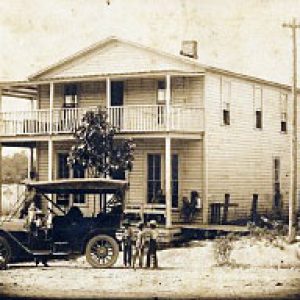 Pipes Hotel
Pipes Hotel
Pisgah (Pike County)
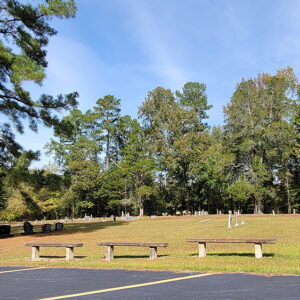 Pisgah Cemetery
Pisgah Cemetery
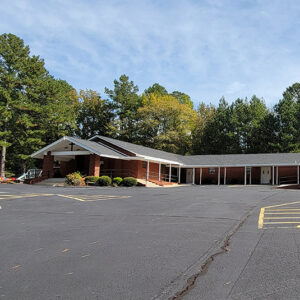 Pisgah Church
Pisgah Church
 Pisgah Street Scene
Pisgah Street Scene
 Pitman's Ferry Memorial
Pitman's Ferry Memorial
 Pivot Rock
Pivot Rock
Plainview (Yell County)
 Plainview Bank
Plainview Bank
 Plainview Bank
Plainview Bank
 Plainview City Hall
Plainview City Hall
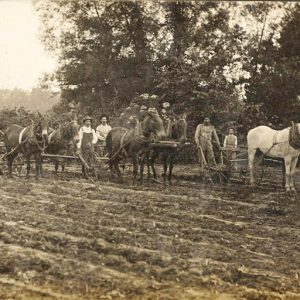 Plainview Farmers
Plainview Farmers
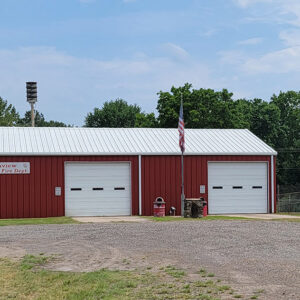 Plainview Fire Department
Plainview Fire Department
 Plainview Street Scene
Plainview Street Scene
 Planing Mill
Planing Mill
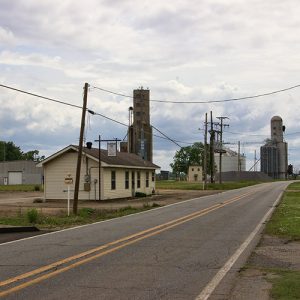 Planters Gin
Planters Gin
Pleasant Grove (Stone County)
aka: Redstripe (Stone County)
 Entering Pleasant Plains
Entering Pleasant Plains
Pleasant Plains (Independence County)
 Pleasant Plains Church
Pleasant Plains Church
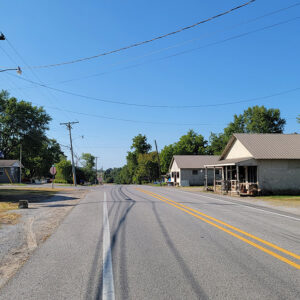 Pleasant Plains Street Scene
Pleasant Plains Street Scene
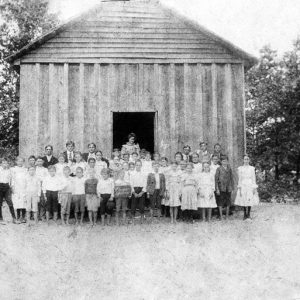 Pleasant Springs School
Pleasant Springs School
Pleasant Valley (Scott County)
 Pleasant Valley Cemetery
Pleasant Valley Cemetery
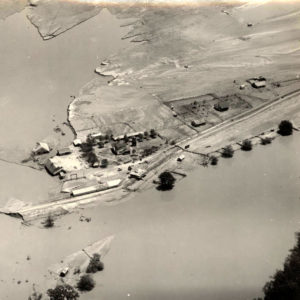 Plum Bayou Flood
Plum Bayou Flood
Plumerville (Conway County)
 Plumerville Cemetery
Plumerville Cemetery
 Plumerville Church
Plumerville Church
 Plumerville Church
Plumerville Church
 Plumerville Church
Plumerville Church
 Plumerville Masons
Plumerville Masons
 Plumerville Park
Plumerville Park
 Plumerville Police
Plumerville Police
 Plumerville Street Scene
Plumerville Street Scene
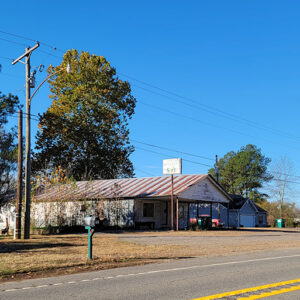 Plumerville Street Scene
Plumerville Street Scene
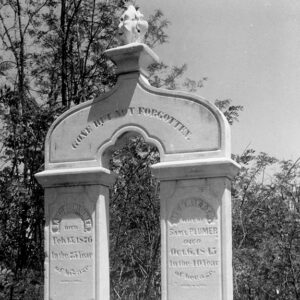 Plumer Grave
Plumer Grave
Pocahontas (Randolph County)
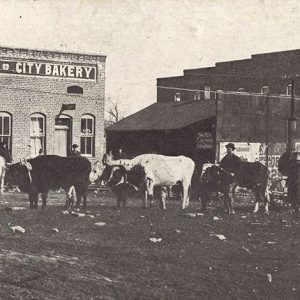 Pocahontas Courthouse Square
Pocahontas Courthouse Square
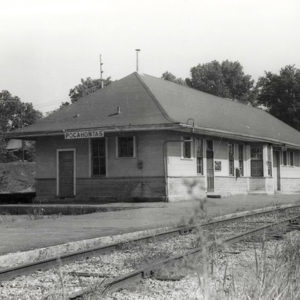 Pocahontas Depot
Pocahontas Depot
 Pocahontas Post Office
Pocahontas Post Office
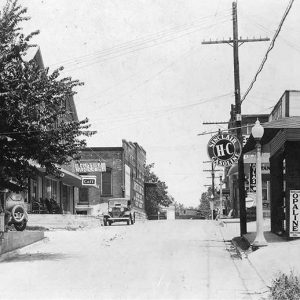 Pocahontas Street Scene
Pocahontas Street Scene
 Pocahontas Water Tank
Pocahontas Water Tank
Poinsett County
Point Cedar (Hot Spring County)
 Point Cedar Fire Deparement
Point Cedar Fire Deparement
 Point Cedar Street Scene
Point Cedar Street Scene
Point Remove (Conway County)
 Point Remove Brewing
Point Remove Brewing
 Point Remove Creek
Point Remove Creek




